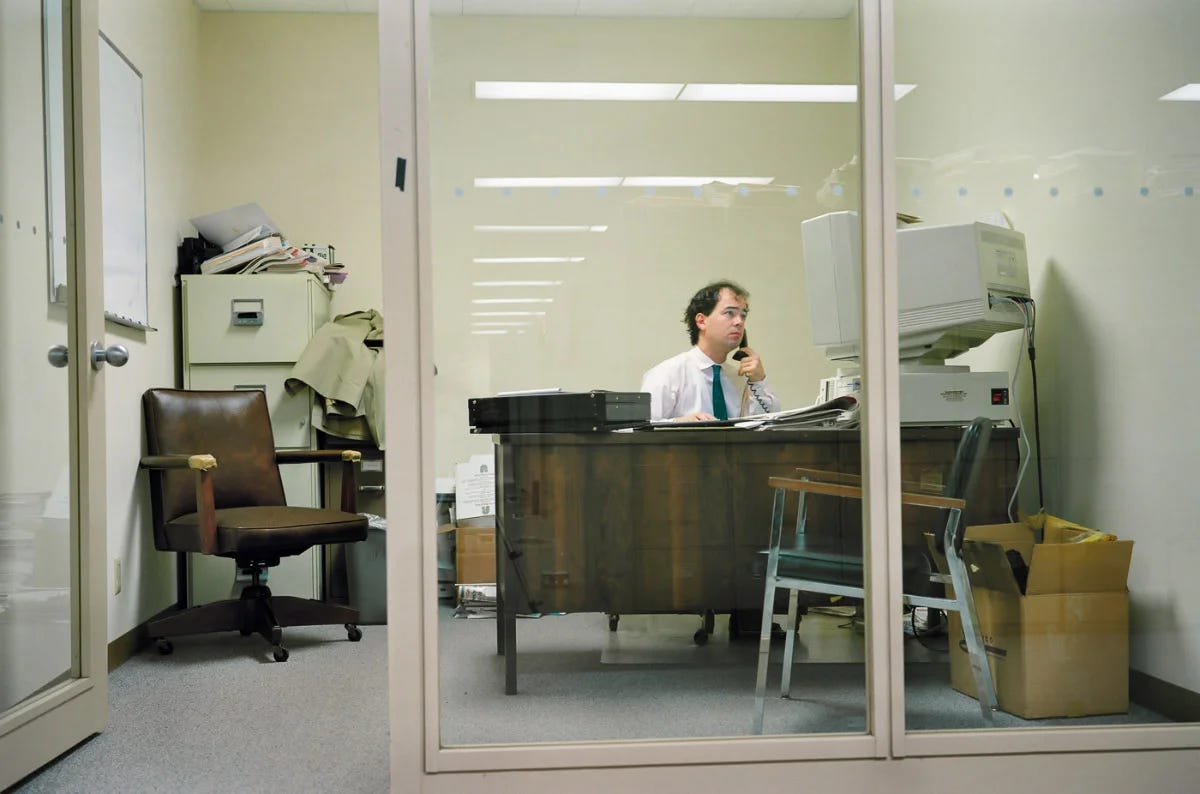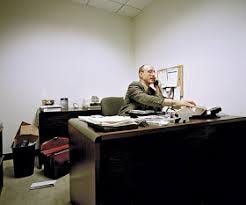Hunter S. Thompson once said, “Today’s weirdness is tomorrow’s reason why.”
Hunter wasn’t talking about artificial intelligence. But, since AI is what’s on a lot of people’s minds these days, may I restate his observation as: “Today’s WTF is tomorrow's Business As Usual.”
We are living in a moment where what feels outlandish, out of control, or even impossible is becoming business-as-usual at a dizzying pace. AI isn’t just another tool—it’s twisting the ironwork of business itself. Processes, strategies, even the way we think about work are being bent into new shapes, often unrecognizable from what came before. And yes, it’s making people a little crazy.
A Pattern as Old as Industry
This isn’t new.
Every wave of transformation has looked absurd at first. When Alexander Graham Bell introduced the telephone in 1876, Western Union dismissed it as a useless “toy.” Cities once required early automobiles to be preceded by a man waving a red flag to warn pedestrians. Even in my own lifetime, my dad told me in 1999, “No executive worth his salt is ever going to start the day by checking email.”
We laugh at these things now—but in the moment, they felt true. They felt safe. They felt like common sense. And then, almost overnight, they didn’t.
The Rhythm of Change
I’ve seen this pattern firsthand in fifteen years of hypergrowth at ServiceNow. About every six months, we faced a new, massive, insurmountable challenge. At first, the change always seemed outrageous. How could we pivot that fast, scale that big, reimagine that much?
But then three months later, it was normal. It was just how we worked.
That’s the rhythm of transformation: disbelief, disruption, normalization. What was once unthinkable becomes part of the foundation.
AI: The Fastest Cycle Yet
The difference with AI is speed.
The cycle that once took decades (telephone), then years (email, PCs, internet), now takes months. Just last year, the idea of copilots writing code, generating legal briefs, or running customer service felt like sci-fi. Today, those things are quietly—and quickly—becoming table stakes.
What looks like chaos is really acceleration. The future keeps arriving faster than we expect, and each time we are surprised that we are surprised.
Personal Learning in the Middle of It All
What I’ve learned—sometimes the hard way—is that resistance is wasted energy. The challenge isn’t whether the new thing will become normal. It always does. The real challenge is whether we adapt quickly enough to find opportunity in the shift.
For me, that has meant:
Reframing fear as curiosity. Instead of asking “How can we possibly do this?” asking “What could this make possible?”
Leaning on data, not panic. Gathering facts, testing assumptions, and refusing to lead from emotion alone.
Turning motion into action. Even a small plan creates traction, and traction builds confidence.
Or put more simply:
Take a deep breath.
Gather your wits—and your data.
Make a plan.
Because today’s WTF always has a way of becoming tomorrow’s BAU.
The photos in this article were taken by the great chronicler Steven Ahlgren. They come from a book called The Office. Check it out.




